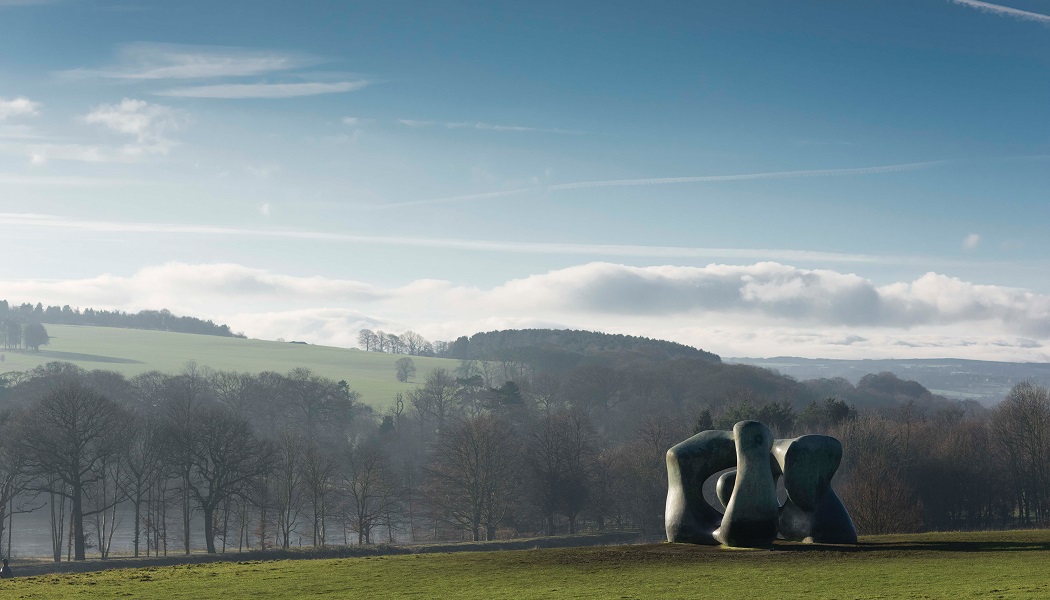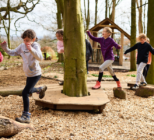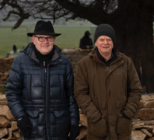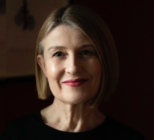Yorkshire Sculpture Park, or YSP as it’s now often known, was founded by Peter Murray in 1977 with education at its core. Having gone from strength to strength over the intervening decades, 40,000 people now engage with its diverse array of learning programmes.
“For almost 45 years education and audience engagement has informed every area of work at Yorkshire Sculpture Park, helping make it accessible and meaningful to two generations of people in the region and far beyond,” notes Clare Lilley, YSP’s director of programme, who recently announced the appointment of Angelica Vanasse as the organisation’s new head of learning.
With a boundless passion for both art and nature, Vanasse seems a logical appointment for Europe’s largest open air sculpture park. This case is only strengthened by the American-born arts education specialist’s resume.
She joins the Wakefield-based organisation following a ten-year stint working in Liverpool’s heritage sector, most recently as lead for young people & adults as part of the National Museums Liverpool Learning and Participation team.

Heading east, traversing the Pennines, from one former industrial powerhouse to another, there will undoubtedly be common ground between the communities served in Merseyside and West Yorkshire. Every locality has unique character and challenges, however, according to the newly-appointed head of learning.
“Right now I’m in the process of learning, having arrived at YSP from Liverpool where, after a decade, I was very connected to the communities and dynamics in terms of who’s represented and who isn’t,” Vanasse tells Advisor.
Ensuring voices from all groups are heard will, she believes, be pivotal to building a true picture of the communities located in the park’s vicinity.
“Taking on board intergenerational perspectives is key. People living in the area 50 years ago will have perceived the place very differently to today’s young people. Understanding those layers of change is pivotal to truly connecting with a community.”

Representation is nevertheless a far from simple concept for an organisation with output that ranges from hyperlocal to globally significant.
“While there are challenges, YSP – with its local, national and international reach – truly offers a unique platform for diversity and representation,” says Vanasse, who is manifestly upbeat about all aspects of her new role.
“We’ll be working to represent diversity within the vicinity of the site, but also thinking about opportunities to represent people across the world who are not traditionally represented on a day-to-day basis.”
YSP is neither confined nor shaped by the walls of an institution. In fact, just using the term institution doesn't strike me as the right fit for the park.
The new recruit says she is especially keen to work with LGBTQIA+ young people. “I want to make sure our spaces enable people to truly be themselves,” adding that she intends to work closely with both the learning and curatorial teams in pursuit of this.
Vanasse is in no way looking to be prescriptive with how underrepresented voices are brought into the debate, however.
“The best approach is sometimes acknowledging where gaps are and leaving space for people to share their voices. I certainly don’t think it’s the best way forward to try and control or map everything out.
“Ensuring people feel able to approach us, no matter where they are from, and share their perspectives and lived experiences is the perfect way to bring together diverse voices. That, too, may also then interact in new, interesting ways with the thoughts of local people.”
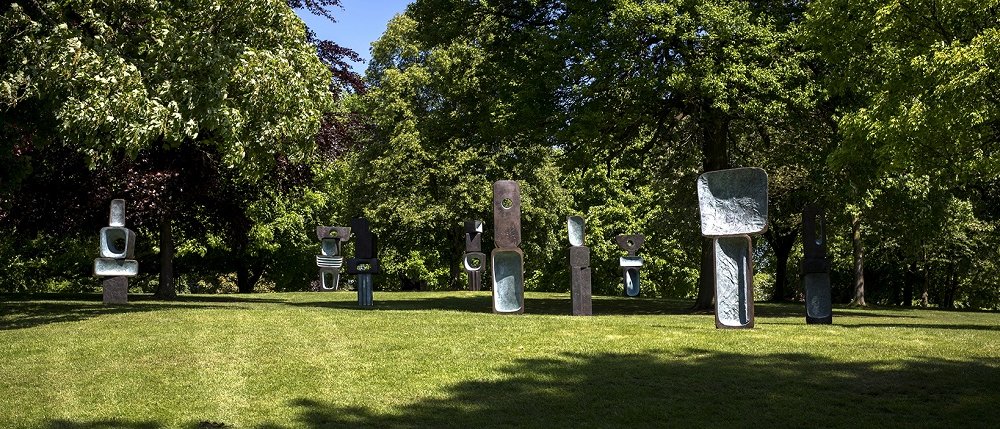
Beyond walls
“YSP is neither confined nor shaped by the walls of an institution. In fact, just using the term institution doesn’t strike me as the right fit for the park,” Vanasse notes, extolling the virtues of a venue free from the trappings of many imposing museums.
“It’s about expansiveness and space. Every experience will be different depending on what exhibitions are on, what the weather is like and where the sheep decide to stand on any given day.
“The way you navigate YSP is so very different to the way you interact with a building and its architecture that guides you on a certain path. The traditional visitor journey begins as you’re greeted at an info desk, which in itself can be an overwhelming experience for some people.”
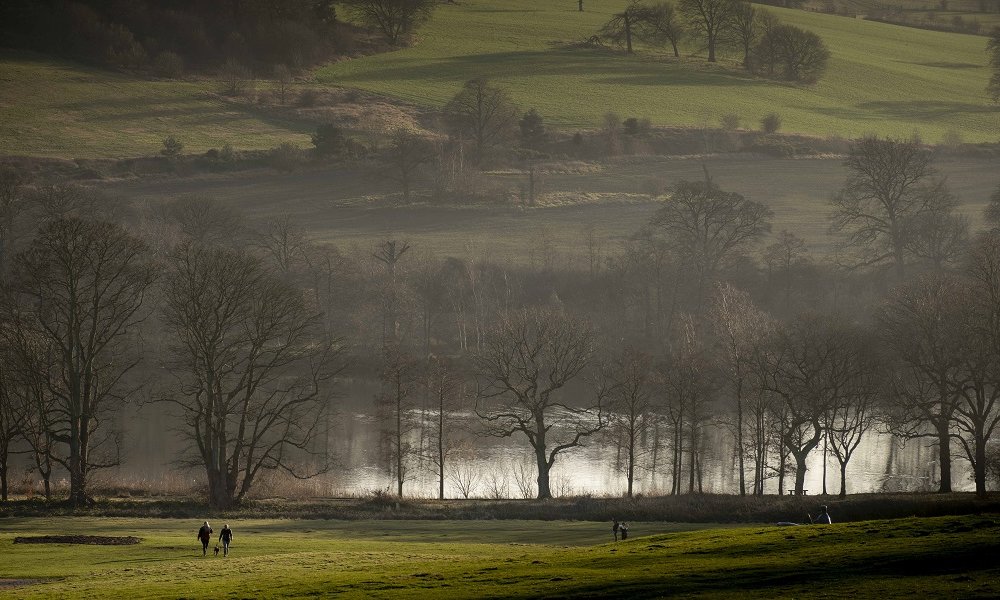
Vanasse’s experiences upon arrival in the UK heritage sector have also contributed to an empathetic approach towards those who feel frozen out by the cultural establishment.
“There’s a real culture shock when you arrive somewhere new and, despite speaking the same language as those around you, encounter subtleties and behaviour that you never even knew existed.
“You can feel really isolated, disconnected and unheard. And that’s coming from me, someone with a lot of privilege in terms of my education, background and ethnicity. To have the empathy and sensitivity for people who enter cultural environments without this privilege and encounter the same layers of difficulty is vital.
“So much of what we do is underpinned by relationships in the most basic sense. Communicating and providing a welcoming space, whether that’s to a family, individual or group, is so important. Making sure people don’t feel alienated is a key strand of accessibility.
“If your venue is physically accessible but not intellectually and emotionally so, there’s a big problem. You may not be able to pre-empt every scenario, but you need to be available for your audience.”
Societal shifts
An ever-looming topic somewhat inevitably emerged as Vanasse laid out her priorities for the coming months and years: how the pandemic has changed things.

“We’ve all felt the limitations of lockdowns,” she notes, “but a positive from all the difficulties has been that the experiences have helped us rethink what’s possible and where boundaries can be pushed.”
Less need for cultural attractions to get caught up in formality appears to be one gain.
“Not everything has to be articulated in a super sophisticated way to be a success,” Vanasse states. “With YSP there may be plenty of people, as there certainly have been through lockdown, thinking ‘I went for a walk and now I feel much better’.
“If that’s all an individual needs from us to boost their wellbeing then that visit has worked, and this only enhances what we can offer a broad range of people. Many start visiting YSP for the wide open spaces and then get swept away with the art and nature on show. It’s another way the site can engage people who may not go to more formal museum settings.”

As Vanasse heads into her second month in the role, it’s a little soon to be looking too far into the future. Perpetuating the Sculpture Park’s impressive number of learning programme engagements is nevertheless a broad target, provided this doesn’t come at the cost of quality.
“Keeping an eye on the figures is inevitable as we benchmark how things are going, but for me it’s equally important to continue improving the quality of the engagements we have with people who traditionally have been harder to reach,” she concludes.
“The same goes for the people who have engaged with YSP for the very first time via online programmes during the pandemic; we want to keep working with them.
“My absolute priority, however, will be the constant development of meaningful content that gives people the tools to engage with our offer in whatever way works best for them. That kind of inclusive approach is what YSP was founded on by Peter Murray back in 1977 and is not something we will ever deviate from.”

